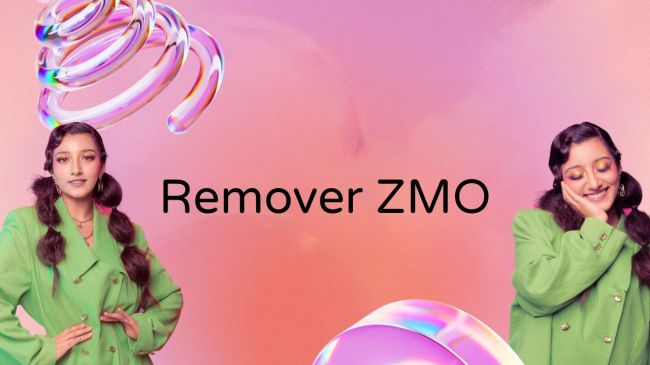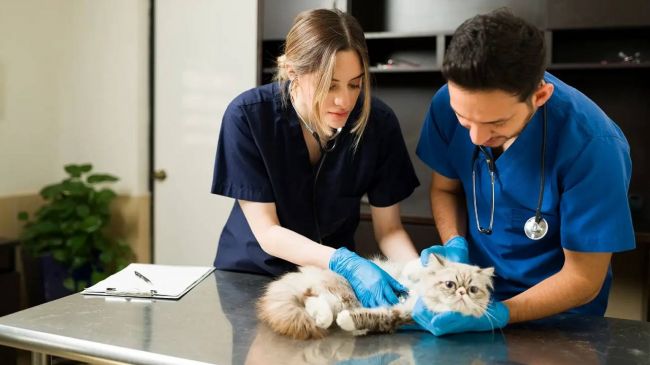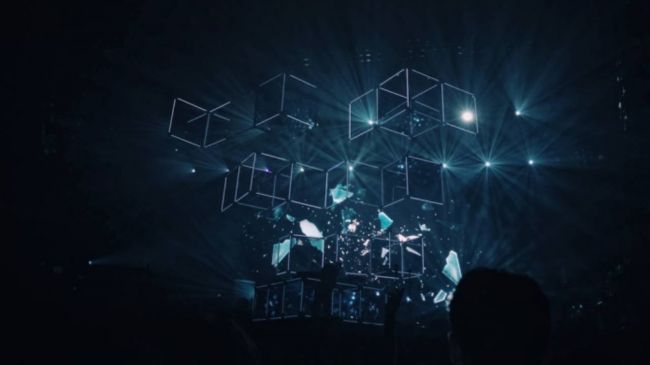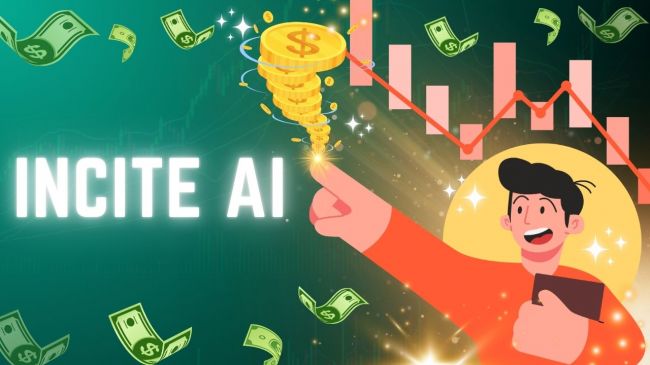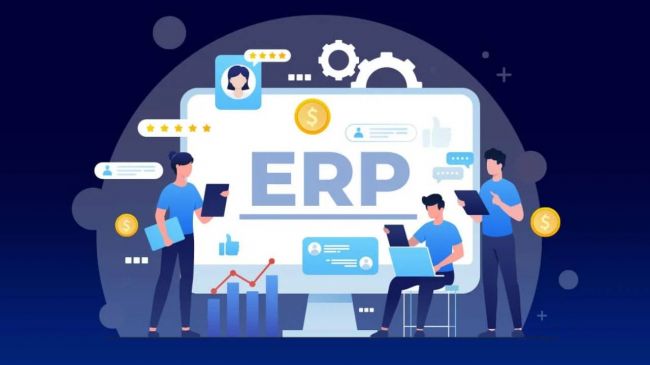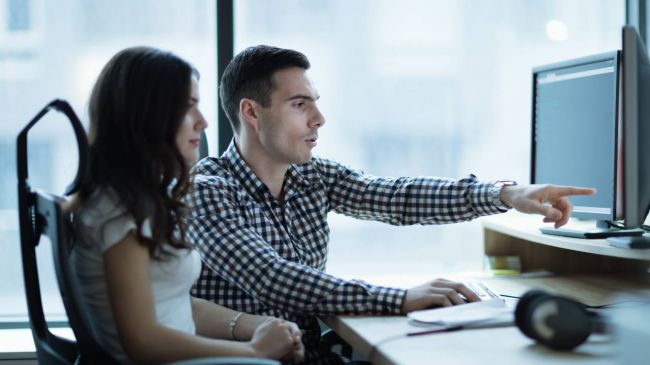On This Page
- The Engine Behind the Images: How Tensor Art’s Model Playground Works
- Prompt Alchemy: Learning the Visual Language of Tensor Art
- Where Prompts Become Portfolios: The Social Side of Tensor Art
- Credits, Limits & Unlocks: How Tensor Art Keeps It Free and Functional
- The Real Test: Can Tensor Art Replace Midjourney or Leonardo?
- Tips from the Tensor Art Community
- Licensing, Ethics & Commercial Use
- Educational Uses: Tensor Art as a Learning Tool
- Closing Sketch: Why Tensor Art Belongs in Every AI Artist’s Toolkit
- FAQ
Explore Tensor Art’s 200+ open AI models, free credits, and community prompts. Learn how it compares to Midjourney & Leonardo in 2025.
I first heard about Tensor Art while scrolling through an AI art Discord server. Someone posted a breathtaking anime-style cyberpunk cityscape, and when I asked if it was Midjourney or Leonardo, they just replied:
“Nah, made it on Tensor Art. Free. Public model. Shared prompt.”
That reply led me down a rabbit hole.
What I discovered is that Tensor Art isn’t just another AI image generator — it’s a community-powered platform where creators build, remix, and evolve art together. It’s fast, open, and surprisingly powerful for a free tool.
Let me show you how it works — and why it might deserve a place in your creative workflow.
The Engine Behind the Images: How Tensor Art’s Model Playground Works
Unlike Midjourney (which hides its tech stack) or DALL·E (limited to OpenAI's model), Tensor Art is openly built around Stable Diffusion, a powerful open-source image generation framework.
_1748242421.png)
On Tensor Art, you can:
- Choose from hundreds of public models
- Test variations of DreamShaper, RealisticVision, AnimePastel, and more
- Use negative prompts, sampling methods, aspect ratios, steps, and CFG scales
This level of control isn’t available in most beginner-friendly AI art tools.
According to Hugging Face, many of the models available on Tensor Art originate from fine-tuned versions of Stable Diffusion checkpoints shared by the open-source community.
Even better — you can see the model creator’s name, download stats, and sample images before selecting a model. That kind of transparency is rare.
Prompt Alchemy: Learning the Visual Language of Tensor Art
The first time I used Tensor Art, I kept my prompt simple:
“A futuristic woman walking through neon-lit Tokyo, cinematic lighting, 35mm lens.”
The results? Not bad. But once I added:
--v 5 --ar 16:9 --hd --negative ugly, blurry, poorly drawn hands
I saw dramatic improvements — sharper details, better faces, and more cohesive compositions.
Tensor Art supports a full prompt architecture that includes:
- Positive prompts
- Negative prompts (to exclude unwanted features)
- Sampling method & steps (e.g., Euler a, DDIM)
- Aspect ratio and resolution
- CFG scale (prompt adherence level)
A great tutorial on prompt control using these parameters can be found on Towards Data Science.
Where Prompts Become Portfolios: The Social Side of Tensor Art
Here’s what truly sets Tensor Art apart: It’s social. Collaborative. Open.
You can:
- Browse trending prompts
- Remix someone else’s image
- Fork their prompt + model to test your variation
- Comment and like others’ generations
This makes it less like a passive generator and more like a GitHub for AI art, where creators iterate together.
In fact, it mirrors platforms like Civitai and Hugging Face Spaces, where models and prompts are openly shared for experimentation and remixing.
And while platforms like Midjourney are now exploring new directions—like their V1 video generator that turns images into motion—Tensor Art keeps its focus on open collaboration and model freedom. If Midjourney is pushing boundaries on animation, Tensor Art is empowering community-driven still art creation.
For creators who want to learn by studying great prompt examples, this platform delivers immediate inspiration.
Credits, Limits & Unlocks: How Tensor Art Keeps It Free and Functional
Unlike tools like Midjourney (which starts at $10/month), Tensor Art offers a solid free experience out of the box.
Here’s how it works:
- You get a daily pool of free credits
- Each generation costs a small number of credits based on the resolution/model
- Credits refresh every day
You can earn more by participating in community actions (e.g., uploading, forking)
There’s also a premium option (via Ko-fi or supporter tiers), which unlocks:
- Faster queue speeds
- Larger image resolutions
- Batch generations and high-priority access
The Real Test: Can Tensor Art Replace Midjourney or Leonardo?
After a week of use, here’s how I’d break it down:
| Feature | Tensor Art | Midjourney | Leonardo AI |
| Price | Free (with credits) | Paid only | Free + Paid |
| Model Selection | 200+ open models | Closed model | SD-based models |
| Prompt Control | Advanced | Limited | Advanced |
| UI Simplicity | Mid-level | Simple | Polished |
| Community Prompts | Forkable + visible | No sharing | Growing library |
| Ideal For | Explorers | Casual creators | Designers & marketers |
Tensor Art won’t replace Midjourney if you want cinematic, polished images with minimal input.
But it’s better for:
- Prompt engineering practice
- Model testing
- Artistic exploration
Tips from the Tensor Art Community
From Reddit and Discord, here are some of the most useful hidden tricks I learned:
- “DreamShaper 8 is great for portrait realism.”
- “Use 30–50 steps for sharper edge detail.”
- “Layer prompt elements like ‘lighting,’ ‘lens,’ and ‘style’ for best results.”
- “Add-- hd to unlock higher-quality render passes.”
The community around Tensor Art feels less like a product and more like a shared art lab. That’s what makes it special.
Licensing, Ethics & Commercial Use
Most Tensor Art models are open-license, but confirm each model’s terms.
Commercial use is generally allowed but depends on the model’s license.
Always review rights of use if selling art (NFTs, prints, stock).
Educational Uses: Tensor Art as a Learning Tool
Tensor Art isn’t just for hobbyists—it’s becoming a practice lab for prompt engineering and model literacy.
For students and creators, combining Tensor Art with platforms like Turbolearn AI can create a dual learning ecosystem: one for visual creativity, the other for structured knowledge building.
Together, they show how AI can accelerate both artistic exploration and academic mastery.
Closing Sketch: Why Tensor Art Belongs in Every AI Artist’s Toolkit
Tensor Art isn’t trying to be the flashiest tool in the room—it’s trying to be the most open, flexible, and community-driven. And for many AI artists, that’s exactly what matters.
Instead of locking you into one aesthetic or paywalling every feature, it gives you the tools to experiment, learn, and grow as a creator. Whether you’re refining prompt skills, testing new models, or just exploring what’s possible with AI art, Tensor Art offers a space where creativity isn’t limited by pricing tiers or closed systems.
It may not deliver perfectly polished outputs every time, but what it does offer is freedom—the freedom to create, remix, and build alongside a passionate community.
If you're serious about learning the craft of AI image generation—not just using templates but understanding what makes an image great—Tensor Art deserves a spot in your toolkit.
FAQ
Is Tensor Art free?
Yes. You can generate a limited number of images per day with free credits. No payment is required unless you upgrade for premium features.
What kind of models does Tensor Art support?
Tensor Art is built on Stable Diffusion and supports over 200+ community models, including DreamShaper, RealisticVision, Anime Pastel, and more.
Can I sell artwork generated on Tensor Art?
Yes — most models are open license, but always check the terms of the specific model used.
Does it support upscaling or inpainting?
As of May 2025, basic upscaling is supported, but inpainting is still in beta for select users.
Post Comment
Be the first to post comment!
